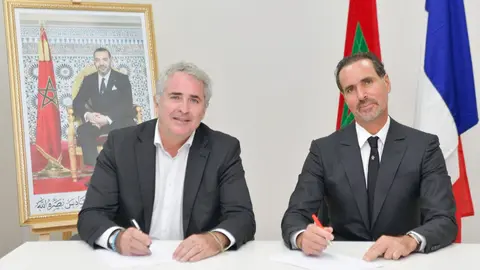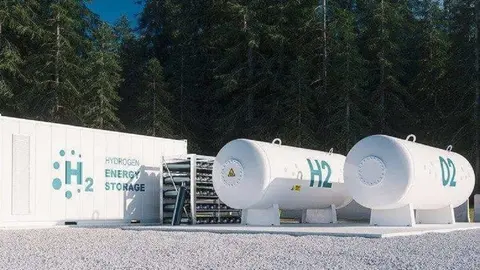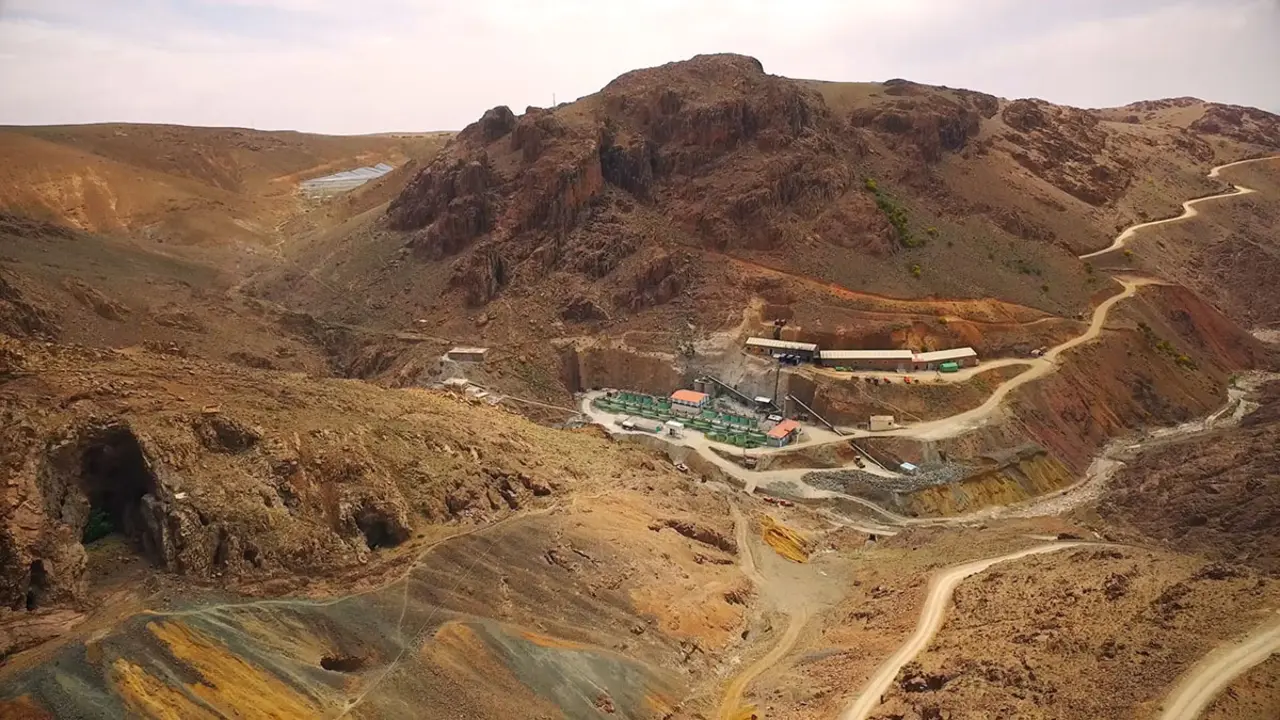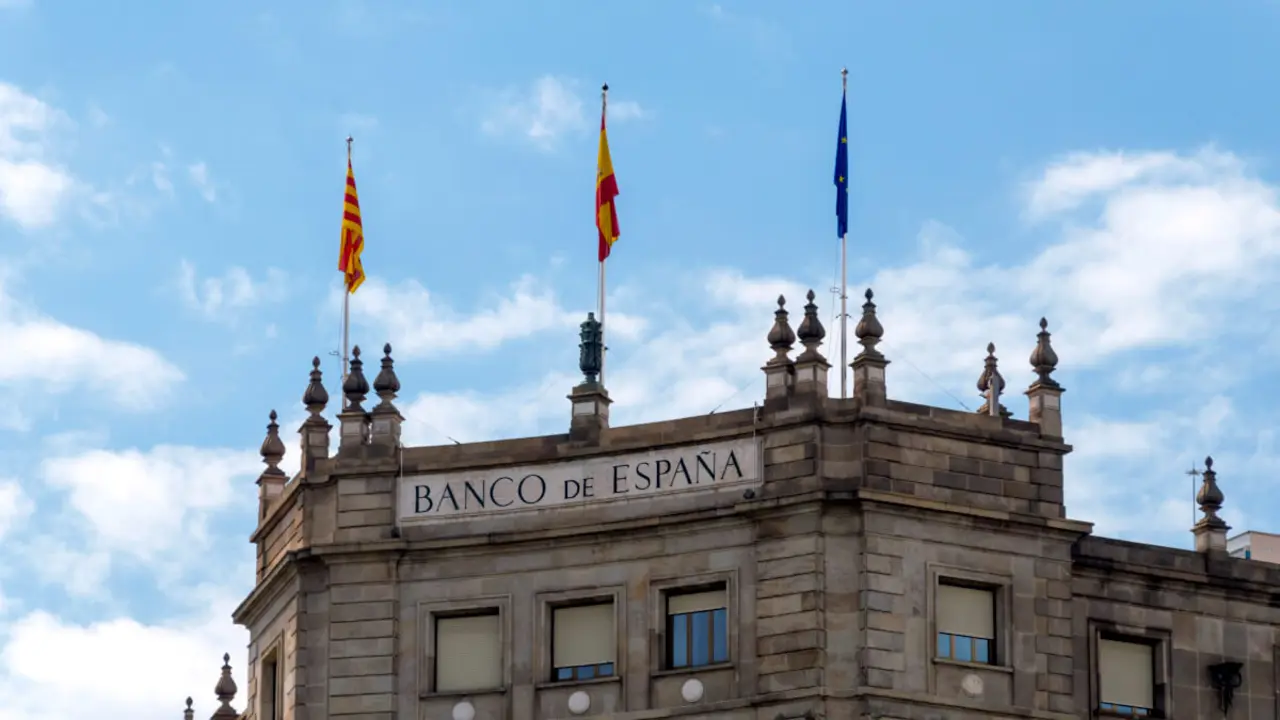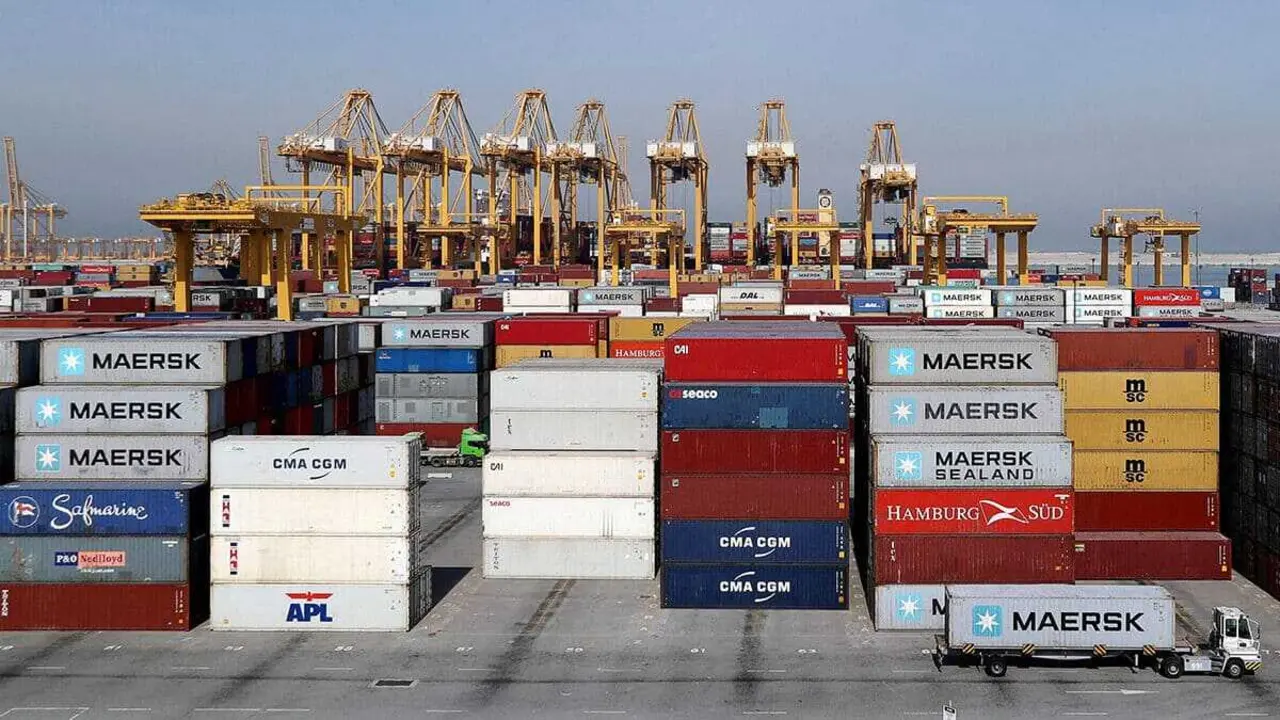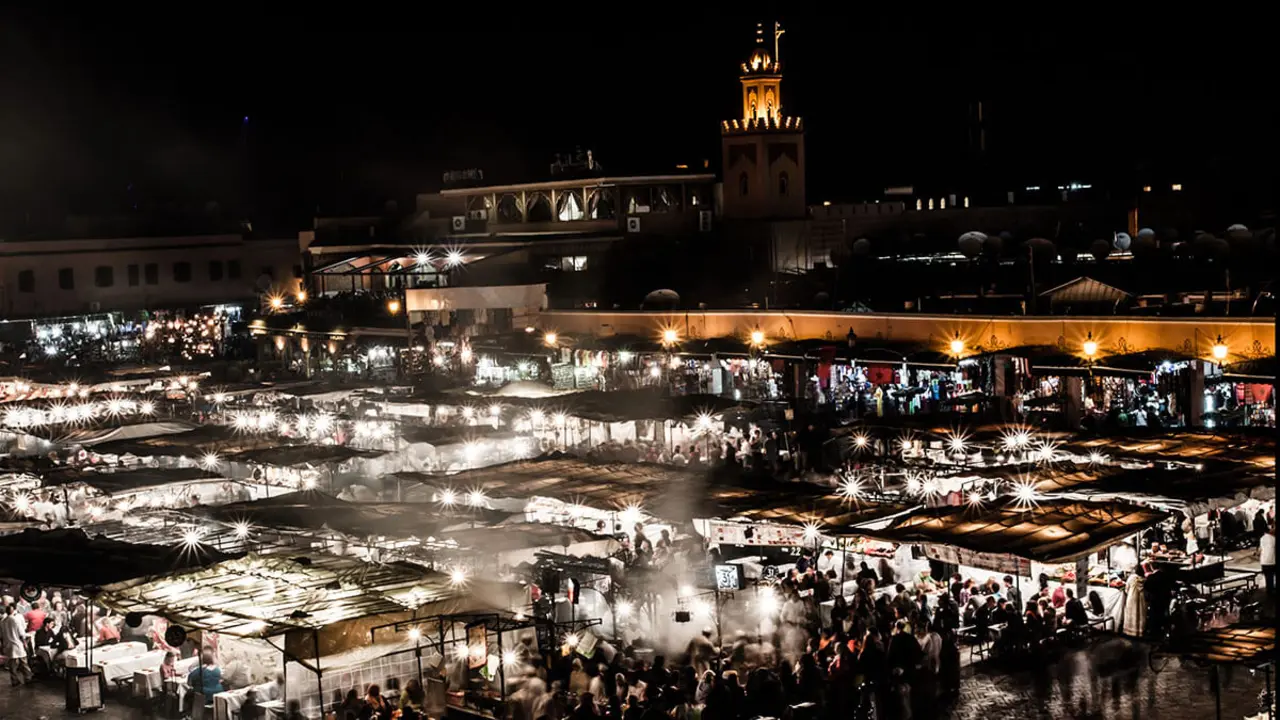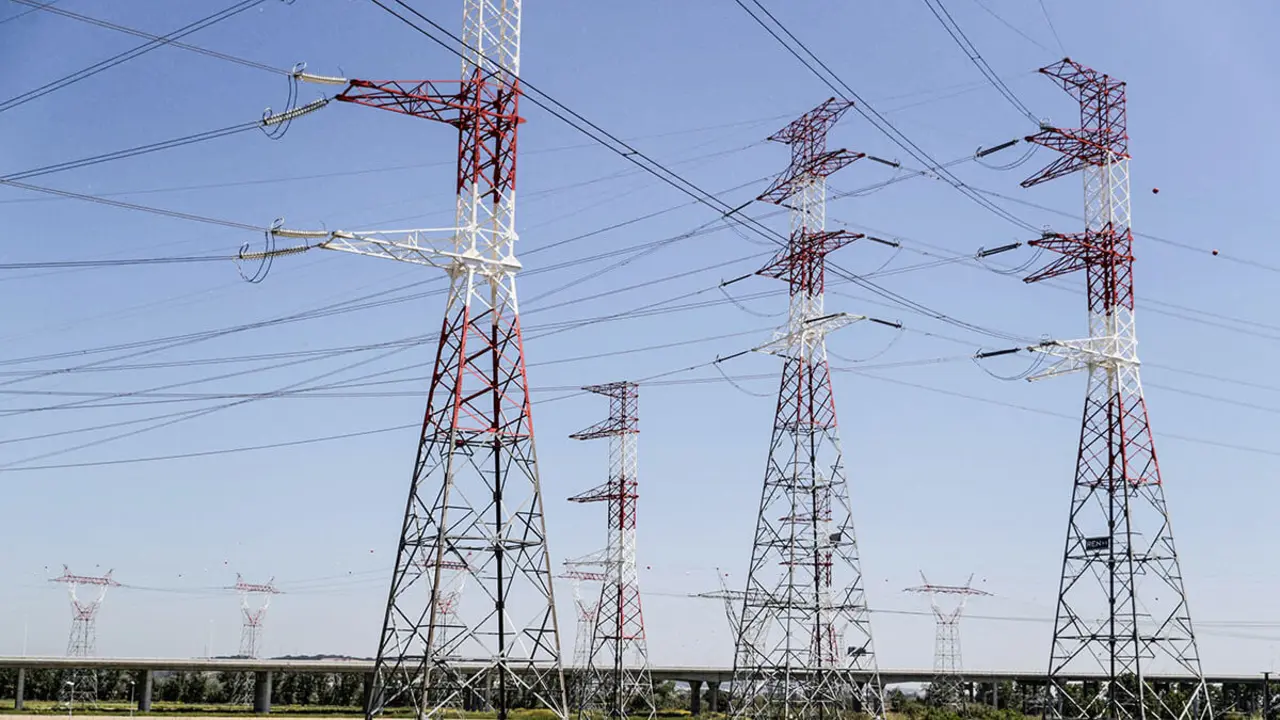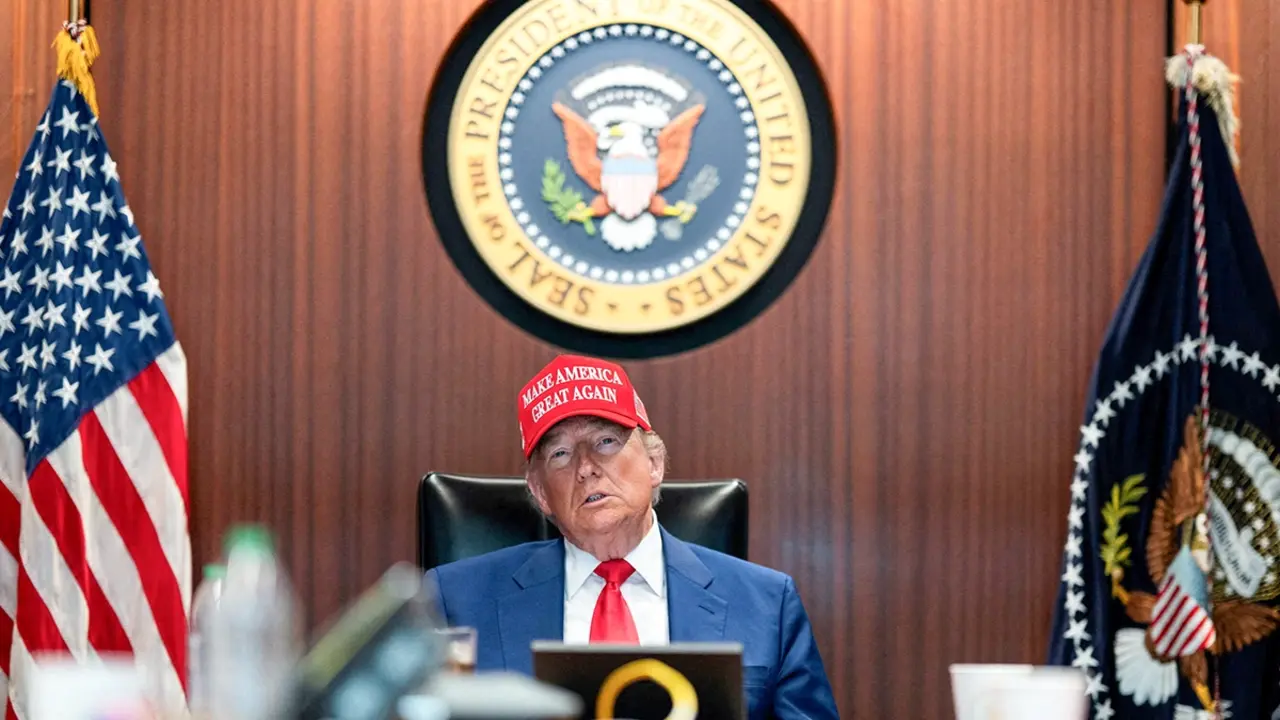Morocco's green hydrogen offer and opportunities for investors

Morocco has great potential for the production of green hydrogen, as it has high solar irradiation and constant wind. The country has set a target of producing 10 gigawatts of renewable energy by 2030, which could provide the electricity needed to produce up to 1 million tonnes of green hydrogen per year.
Thanks to a combination of public and private companies, the North African country is urging investment and development of the hydrogen sector; setting priority targets to increase renewable energy generation capacity (52% by 2030; 70% by 2040; 80% by 2050), currently standing at 37%.
Morocco's energy production potential is diversified, such as solar photovoltaic energy, estimated at 5,000 TWh/year, over an area of approximately 700,000 km2. The country has established one of the largest solar energy complexes in the world, called "Noor Ouarzazate", which has an installed capacity of 580 MW.
Another important renewable energy source that would allow the production of green hydrogen in Morocco is wind power, with a wind energy potential of around 25,000 MW, according to the Moroccan Centre for the Development of Renewable Energy (CDER). The largest wind farm in Morocco is the Tarfaya wind farm with an installed capacity of 300 MW, followed by the Taza wind farm with 150 MW.
Potentially, according to reports by the Research Institute for Solar Energy and New Energies (IRESEN) in 2021, Morocco has a large technical capacity to produce solar, onshore wind and offshore wind energy.
Solar and wind energy are not the only renewable energy sources from which hydrogen can be obtained; Morocco has significant hydropower potential. However, not all hydropower resources with an estimated hydropower potential of around 6,000 MW are suitable for green hydrogen production.
The installed hydropower capacity in Morocco is around 1,750 MW, with a total of 15 hydropower plants in operation. The most important dams and hydropower plants in Morocco are the Mohamed V dam (1,080 MW) and the Afourer hydropower plant (356 MW).
Another option, although the least common, is biomass, as it can also be used to produce green hydrogen. Morocco has an estimated biomass potential of 13.5 million tonnes per year, but installed biomass energy capacity is very low, with only two operational biomass power plants.
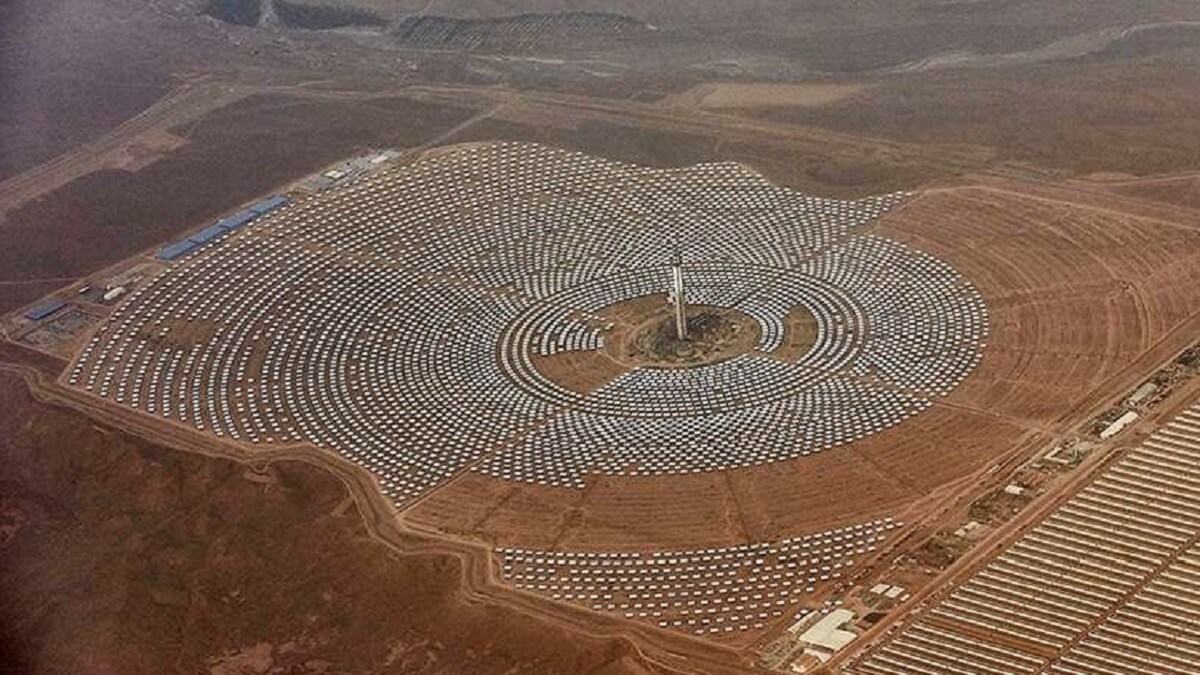
Main market players
In Morocco, both the public and private sectors are involved in the development of green hydrogen. Both actors interact at different levels and stages of the process of production, distribution and utilisation of green hydrogen.
For example, the Government of Morocco is working with MASEN, IRESEN and INREEE on research and development projects to produce green hydrogen from renewable sources. Private actors, such as the OCP Group, Green Energy Park and Nareva Holding, are investing in green hydrogen production projects and in the use of this technology in different sectors.
With the Moroccan hydrogen strategy, the Moroccan government plans to use hydrogen in the short term (2020-2030) as a raw material for industry, particularly for fertilisers, as well as for the export of hydrogen products.
In the medium term (2030-2040), cost reductions and the development of the first major projects are expected. In the long term (2040-2050), an improvement in business cases and expansion of the sector at national and international level is expected, as well as the emergence of new demand in different sectors.
Morocco has also created the Green Hydrogen Cluster platform to promote the hydrogen industry in Morocco, through research, support and coordination of innovative projects.
This GreenH2 cluster aims to contribute to the emergence of a competitive industry, and to position Morocco as a benchmark country in the export of green hydrogen and its derivatives; through the reinforcement of technological capacities, collaborative innovation, monitoring and support of national green hydrogen companies, and the organisation of promotional and networking activities.
Phosphate and fertiliser giant OCP seeks to follow global market trends by replacing imported ammonia (produced from fossil fuels) with green ammonia (produced from renewable energy).
By 2026, the OCP Group aims to produce 200,000 tonnes of green ammonia, followed by an ambitious target of one million tonnes over the next four years. In addition, it plans to further expand production to reach a total output of three million tonnes by 2032.
MASEN has launched the strategic project "Power to Hydrogen (PtX)" to develop a hybrid power plant combining solar and wind energy to power a green hydrogen production plant (and/or its by-products) with an electrolysis capacity of 100 MW, connected to a possible desalination plant.
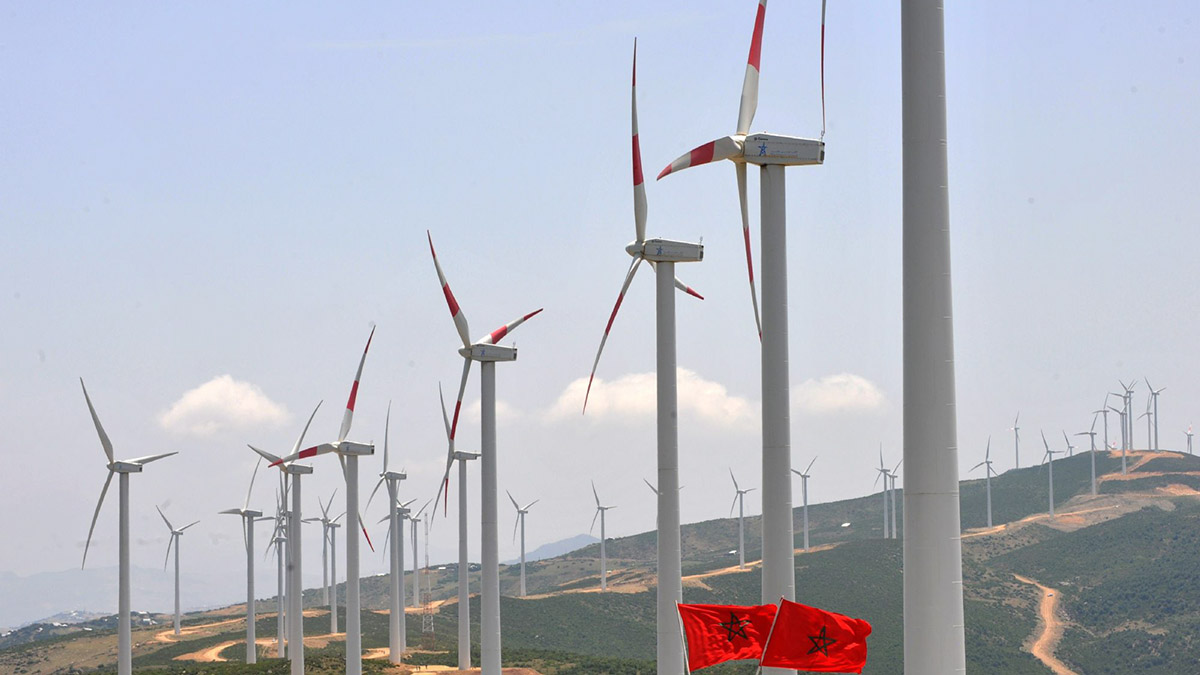
International contribution
For its part, the European Bank for Reconstruction and Development (EBRD) is increasing its involvement in hydrogen development in Morocco with a clear focus on sustainable energy. Since 2012, the EBRD has invested in more than 44 projects in Morocco, at a cost of more than 1.6 billion euros.
The International Finance Corporation (IFC) is an agency of the World Bank and is therefore responsible for promoting economic development in disadvantaged regions, with the particularity that it operates in the private sector. Since 2020, IFC has invested more than 200 million dollars in sustainable infrastructure projects in Morocco.
Following Morocco's entry into the African Finance Corporation in 2021, the two have signed a memorandum of understanding for project development financing.
In June 2023, the prime ministers of Morocco and the Netherlands signed an agreement to create an investment fund valued at 300 million dollars to be invested over the next 3 years in projects in the water and renewable energy sectors, with an emphasis on green hydrogen.

The Morocco-Germany Energy Partnership (PAREMA) was created in 2012 to enable the exchange of best practices and experiences between key players in both countries. Institutions such as the Fraunhofer Institute have signed partnership agreements with Moroccan public companies such as the OCP Group and IRESEN.
In terms of local and foreign private actors, we find Total Eren that is going to invest 10.69 billion dollars in the implementation of a hybrid hydrogen and green ammonia project in the Moroccan region of Guelmim-Oued Noun, which will start production in 2027.
The Moroccan company Gaia Energy, an African leader in renewable energy, Marom, a subsidiary of the Israeli group Gandyr, Hevo Ammoniac Maroc, and CWP Global as one of the world's leading developers of renewable energy projects. UK energy company Chariot Limit, Belgian mechanical engineering company and alkaline electrolyser specialist John Cockerill, and DII (a consortium of some 40 major multinational and international energy companies) are among others.

